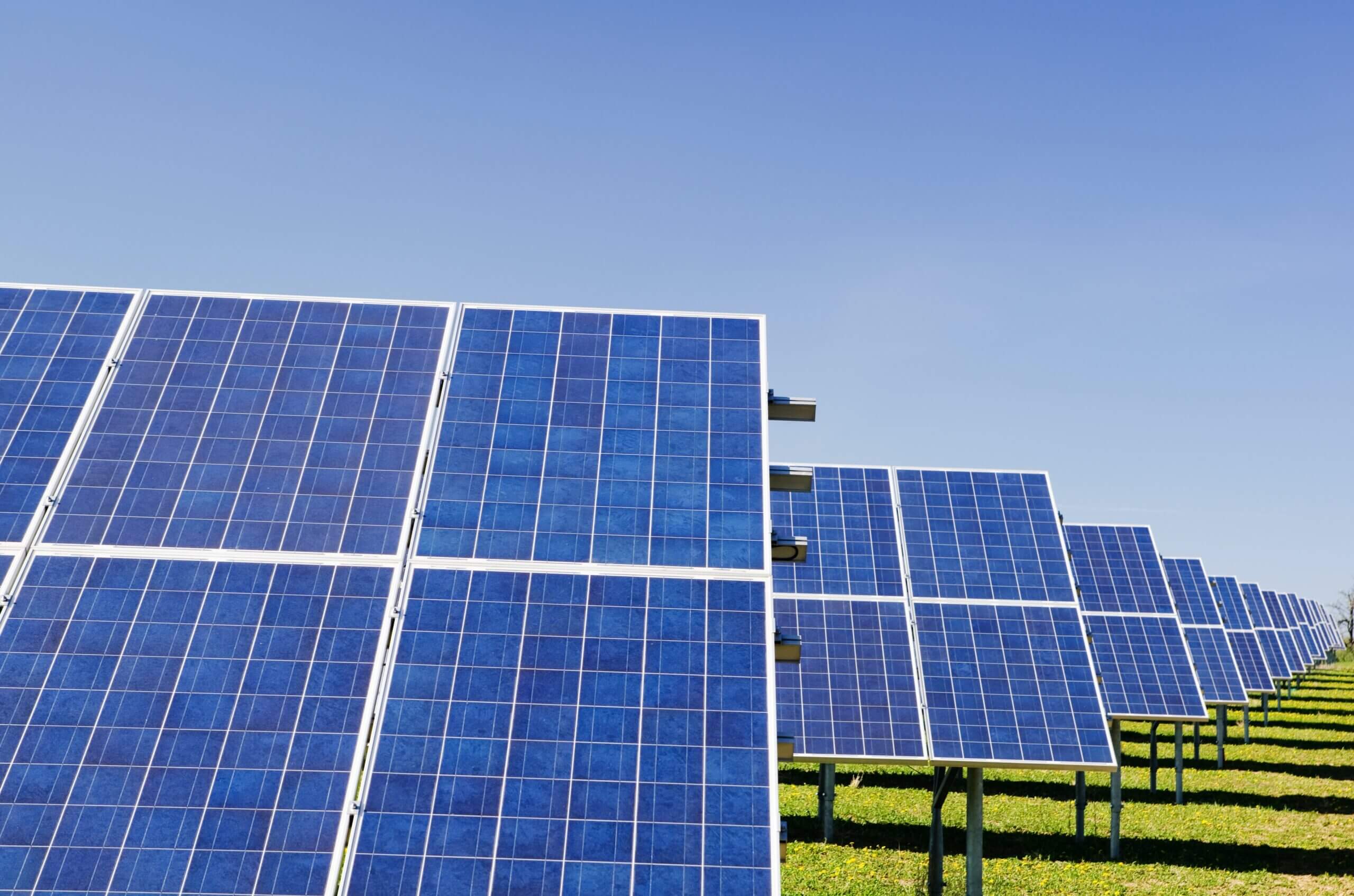
primer domain was triggered too early. This is usually an indicator for some code in the plugin or theme running too early. Translations should be loaded at the init action or later. Please see Debugging in WordPress for more information. (This message was added in version 6.7.0.) in /home/ikq167bdy5z8/public_html/propertyresourceholdingsgroup.com/wp-includes/functions.php on line 6114
Over the course of the last decade, China has emerged as the undisputed leader in the production of solar panels across the globe. According to the International Energy Agency, the nation has spent over fifty billion dollars on new solar photovoltaic capacity since 2011, which is ten times more than Europe has done (IEA). And as a result, the industry has seen the addition of 300,000 new manufacturing jobs.
China’s share of the manufacturing of solar panels has increased, and it now exceeds 80%, as manufacturing capacity has steadily shifted away from Europe, Japan, and the United States. Also, the country is home to 10 of the most well-known companies in the world that make solar photovoltaic (PV) production equipment.
The nation has been an important contributor to the overall decline in the cost of solar panels around the world. But at the same time, having such a concentration of capacity in one geographical area creates significant issues for supply chains, and the IEA thinks that this is something that needs to be addressed by governments.
So, how exactly are solar panels manufactured?
Step 1–Silicon
A solar panel is made up of numerous cells, each of which is created from multiple layers of a semi-conducting material. These layers are stacked one on top of the other. Silicon is by far the most popular semiconductor material utilised today. It is the primary constituent of sand, which accounts for its widespread availability, yet transforming it into silicon of high quality is an expensive and energy-intensive process. In recent years, polysilicon prices have been on an upward trend, and in July 2022, they reached their highest position since January 2011.
Step 2-Ingots
In order to endow it with a favourable electrical polarity, crystalline silicon is melted and combined with boron in a single mixture. After that, the silicon is moulded into the shape of cylindrical ingots.
Step 3-Wafers
Following this step, the ingots are sliced into wafers at a thickness comparable to that of a sheet of paper. Then, the naturally shiny sides of these wafers are covered with a coating that doesn’t reflect light, so the sun’s rays don’t come back and shine on their faces.
In order to make solar cells, wafers are stacked one on top of the other and then heated in the presence of phosphorus. Phosphorus contributes to the formation of an electrically dipolar field.
Electrical connections are inserted between the cells in order to link them to one another. So that they don’t block out the sun, these contacts are made of a very thin material.
Step 5-Panels
In order to create a solar panel, the individual cells must first be encased in silicon rubber or ethylene vinyl acetate before being joined to one another. After that, the panels are set on an aluminium frame that has a backsheet made of mylar or tedlar, as well as a cover made of glass or plastic.